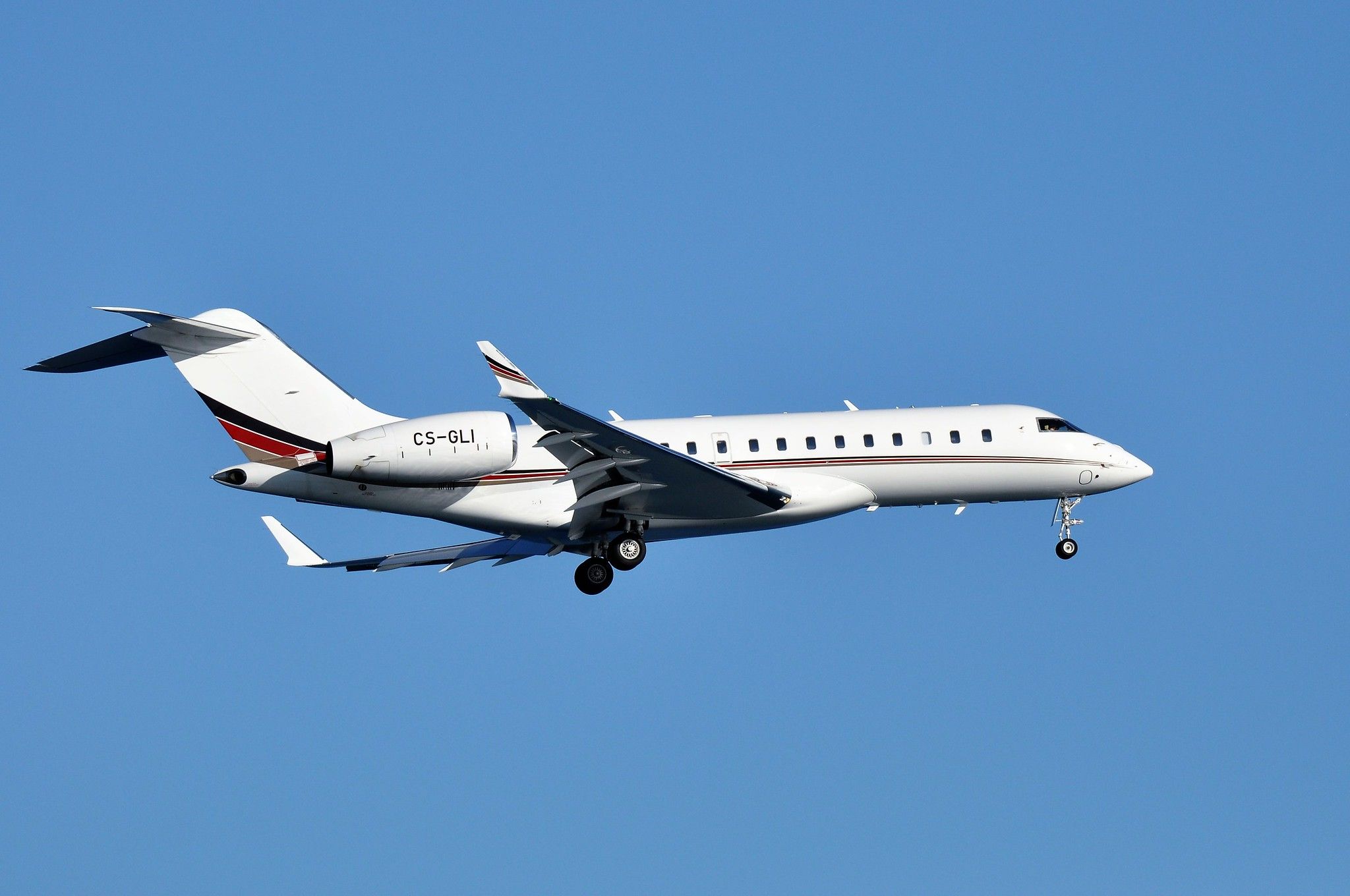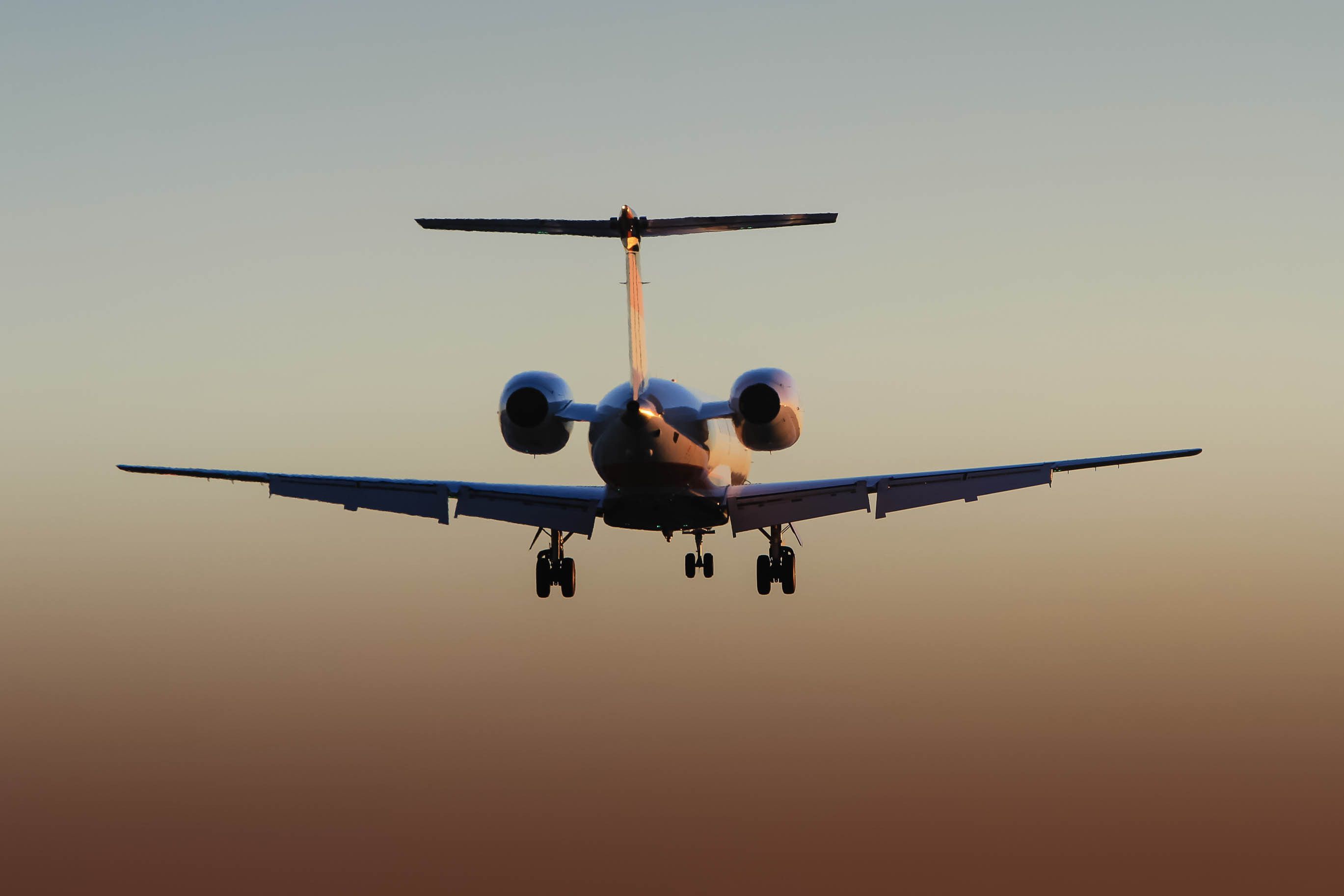Summary
- Wing-mounted engines reduce wing bending moments, allow for gravity fuel feeding, and are easier to maintain.
- Rear-mounted engines provide a cleaner wing design, easier control in an engine failure event, and less cabin noise.
- Rear-mounted engines require a stronger wing, and a more complex fuel system and take away cargo space.
Commercial airliners are generally known for their under-the-wing engine design. Unlike some regional jets, such as the Embraer ERJs and Bombardier CRJs, most single-aisle and widebody commercial jets are equipped with under-the-wing engines. On the other hand, rear-mounted engines are still quite common in private aviation.
Most corporate jets feature two engines fitted on the rear fuselage. Some Dassault aircraft, such as the Falcon 900, comprise three rear-mounted engines. Aircraft designs are purely based on their mission requirements and driven by constraints. Both designs have their merits and demerits.
This article explores the differences between wing-mounted and rear-mounted engines, as highlighted within an article on Medium, and their specific uses.
Wing-mounted engines
Advantages
- Wing-mounted engines reduce wing bending moments. When the engines are attached to the wings, they weigh down the structure, which helps to reduce the bending loads on the wing due to the changes in lift force. This means the wing does not have to be strong, reducing weight and complexity.
- Gravity fuel feeding is possible in the event of fuel pump failure: As wing-mounted engines are below the wings, fuel can be fed from the wing tanks into the engines by gravity if the pumps fail.
- The engines are away from disturbed air: With wing-mounted engines, the engine intake is away from the aircraft structure. Thus, the engines can take in clean, undisturbed air.
- It is a lot easier to maintain: The wing-mounted engine configuration keeps the engine close to the ground, which makes simple maintenance tasks such as oil top-ups very convenient for maintenance engineers.
Disadvantages
- The aircraft requires longer landing gear: As engines lie low, the landing gear needs to be longer to ensure good enough ground clearance.
- The engines are more susceptible to Foreign Object Damage (FOD): Again, as the engines are closer to the ground, in high power conditions, they can suck in debris which could damage the engine components.
- It is more difficult to control the aircraft in an engine failure event. Because the engines are farther away from the Center of Gravity (CG), when an engine fails, the aircraft generates a strong, undesirable yaw, which needs to be countered by the pilot using the rudder. This may also require a larger fin (vertical stabilizer) and rudder design.
- More cabin noise: Wing-mounted engines generate more noise as they are closer to the passenger cabin.
- It negatively affects the longitudinal (pitch) stability of the aircraft. When engines are mounted below the wings, they are below the CG of the aircraft. Thus, when power is added, it generates a nose-up moment, which reduces pitch stability. This may require a larger horizontal stabilizer design.
- If the aircraft is to be fitted with larger engines, a wing redesign/landing gear redesign might be required: We often see new engines put on an already established aircraft. If the new engines are larger, a wing redesign may be required to ensure good enough ground clearance. Another way is to redesign the gear. Both of these add to the cost.
Rear-mounted engines
Advantages
- Cleaner wing: Because the engines are not attached to the wings, the designers have more freedom when designing a wing. They are free to build a much more efficient structure. In wing-mounted engines, the engines discontinue the wing, leading to some lift loss. Complex leading-edge and sometimes trailing-edge flaps are required to recover this lift. Rear-mounted engines solve these issues.
- It is easier to control the aircraft in an engine failure event: The rear-mounted engines are closer to the CG than wing-mounted engines. Hence, when an engine fails, the yaw generated by the live engine is much less, requiring less pilot effort to control.
- The aircraft can sit low to the ground: As the engines are not close to the ground, the landing gear can be designed shorter, reducing the design complexity. Because the airplane fuselage is close to the ground, the aircraft may not require equipment such as high loaders to load baggage and cargo. In addition to this, the aircraft can be fitted with a simple air stair to board the passengers.
- Less cabin noise: As engines are rear-mounted, away from the passenger cabin, it reduces engine noise and vibration, making it more comfortable for the passengers.
- The engines are less susceptible to Foreign Object Damage (FOD): With the engines mounted farther from the ground, the engines are less likely to engulf debris.
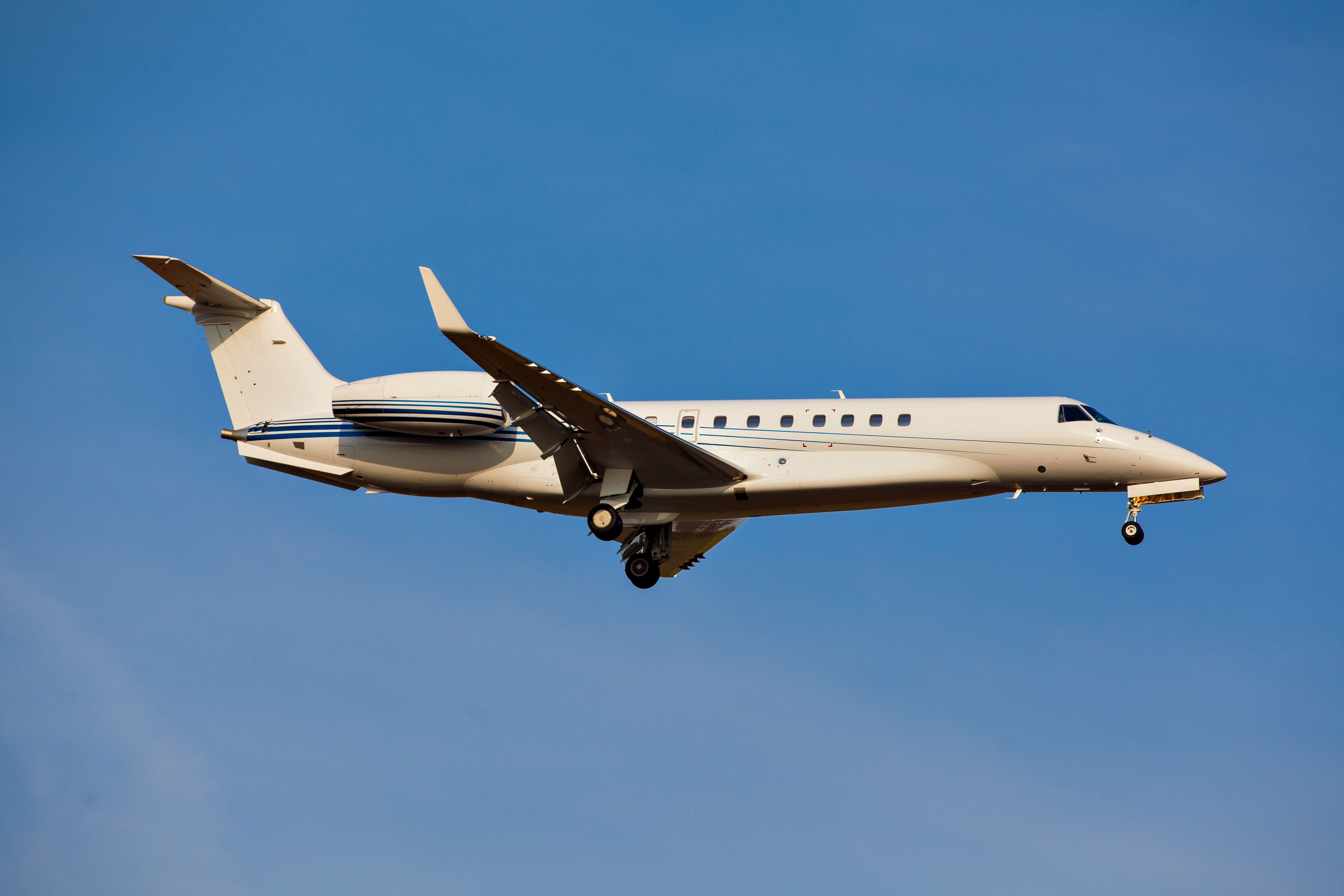
Explained: Why Private Jets Generally Have Rear-Mounted Engines
Diving into the benefits of this engine placement.- The T-tail design makes the elevator controls more effective: A T-tail means that the tail and the elevator can be placed farther away from the CG. This gives better leverage and more pitch control, leading to lower take-off and landing speeds.
Disadvantages
- T-tail design leads to deep stall characteristics. As the engines are typically placed where the horizontal stabilizer is normally built in, a T-tail design might be the only option. T-tails are susceptible to a dangerous phenomenon known as a deep stall. In a deep stall, the wake from the wing covers the T-tail, which makes it ineffective. An ineffective tail means the pilots can no longer push the nose down to recover from the stall.
- A stronger wing is required. As the wing-mounted engine configuration reduces wing bending moments, with rear-mounted engines, this luxury no longer exists. This requires the wing to be stronger, which increases the weight and design complexity.
- The engine is exposed to disturbed air from the wings and fuselage: In the rear-mounted engine configuration, the engines lie directly behind the wing and most of the fuselage. This means the engine is exposed to the wing's wake and the fuselage's disturbed air.
- It requires a more complex fuel system because the fuel has to be pumped upwards in rear-mounted engines, which are above the fuel tanks; it requires stronger fuel pumps. This also means that if the wing tank pumps fail, the aircraft engines may not get the required fuel. This requires standby pumps in addition to the primary pumps for redundancy purposes.
- The fuselage where the engines are attached must be strengthened. As engines subject the area to which they are attached to loads due to power changes, the point where they are attached needs to be tough enough to withstand the loads. This sometimes requires complex structures between the engines and fuselage to transfer the load, adding to the weight.
- The engines take away cargo space: This point is specific to corporate jets. As most of these aircraft have cargo space behind the cabin, having engines at the rear reduces the space available for cargo. The engines can also make it difficult to load up the cargo.
- The vertical stabilizer (fin) needs to be more robust: Because the horizontal stabilizer has to be attached to the fin, it needs to be stronger to support the stabilizer.
- Chines must be designed into the nose landing gear tires: As the engines are at the rear, the water spray when the aircraft moves through wet surfaces can expose the engines to it. Chines designed in the tires of the nose wheel can modify the water spray to prevent this. This makes nose tire design more complex.
What are your thoughts on the advantages and disadvantages of wing-mounted and rear-mounted engines? Share your opinion i the comments section.

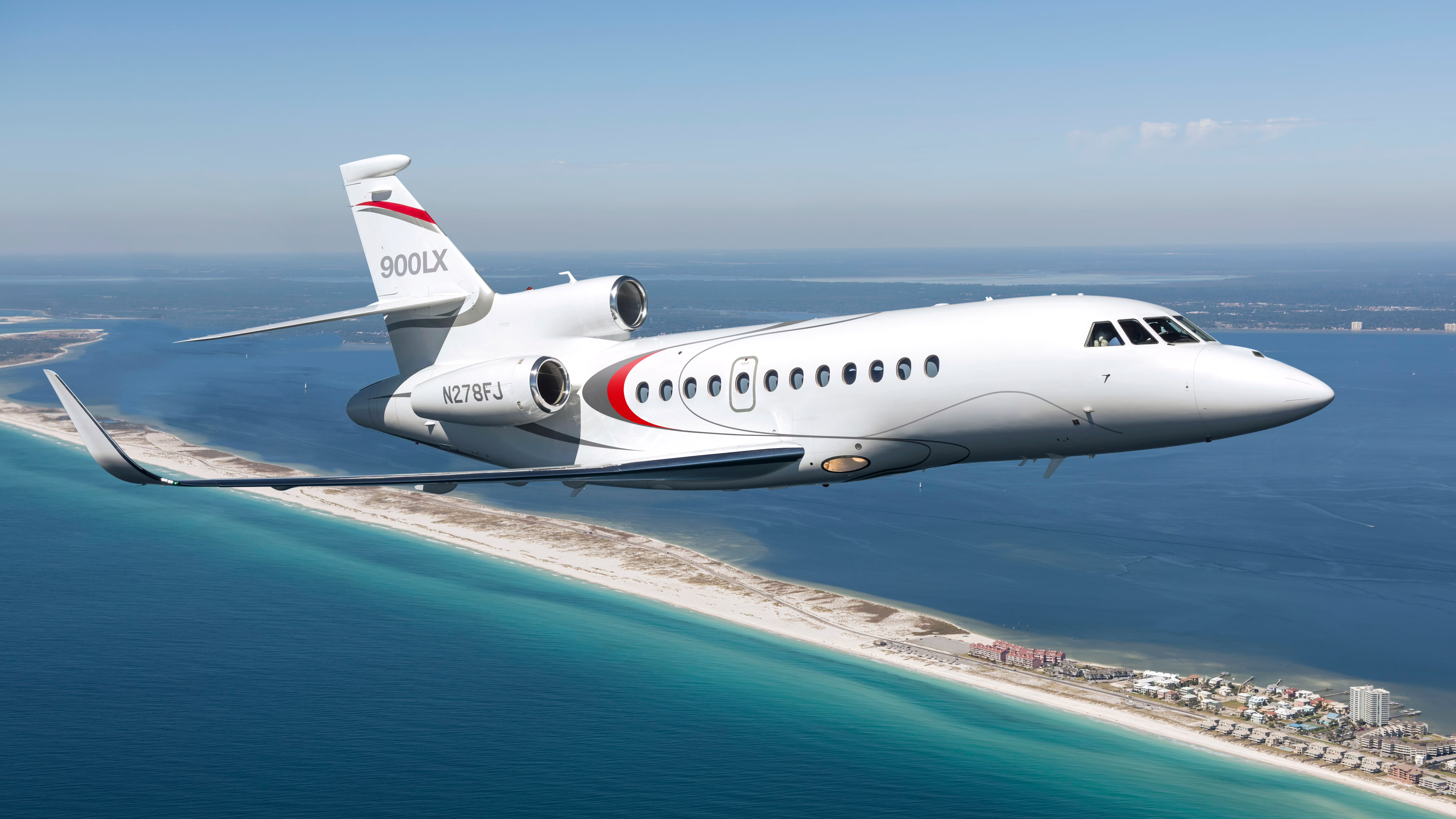
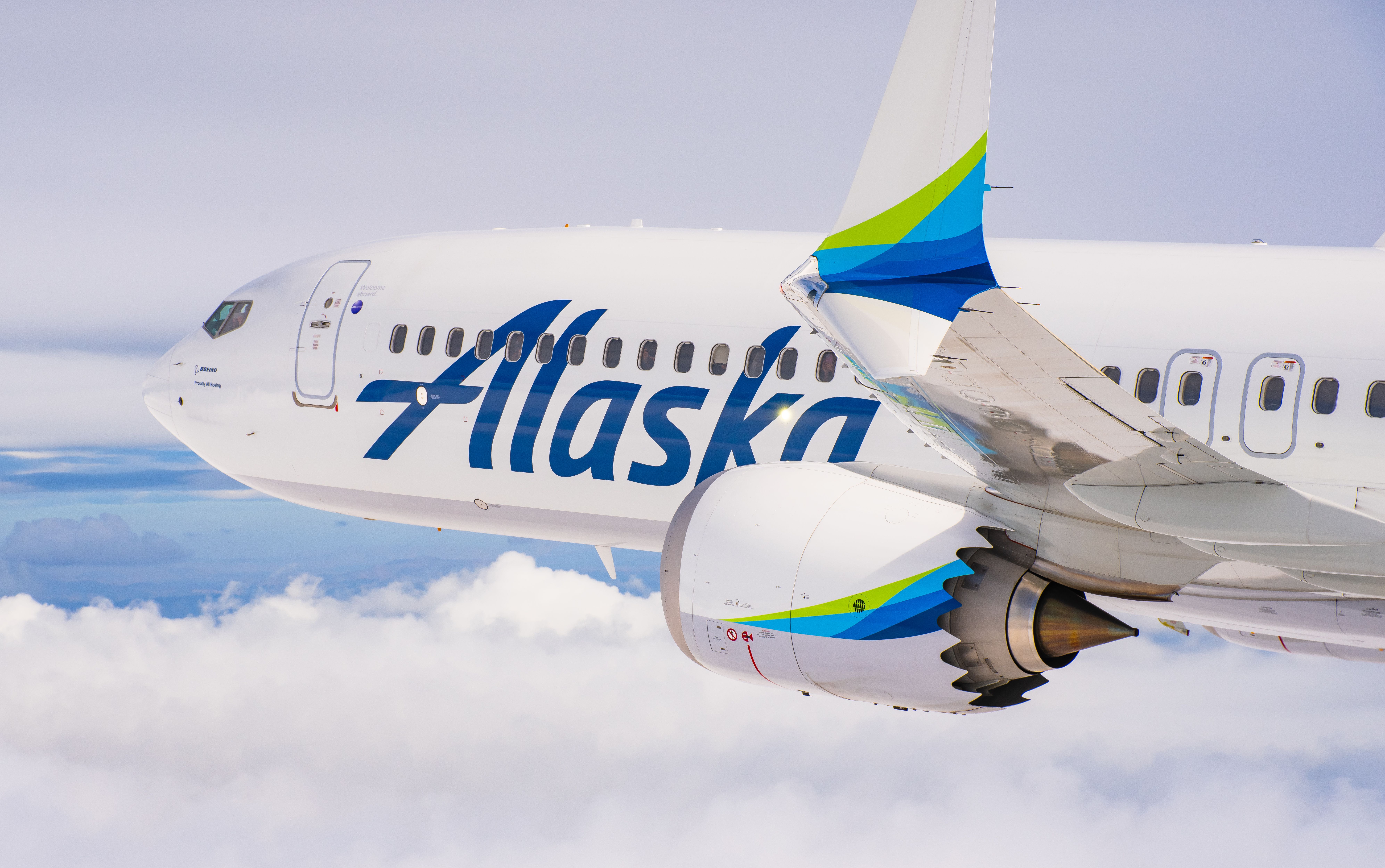
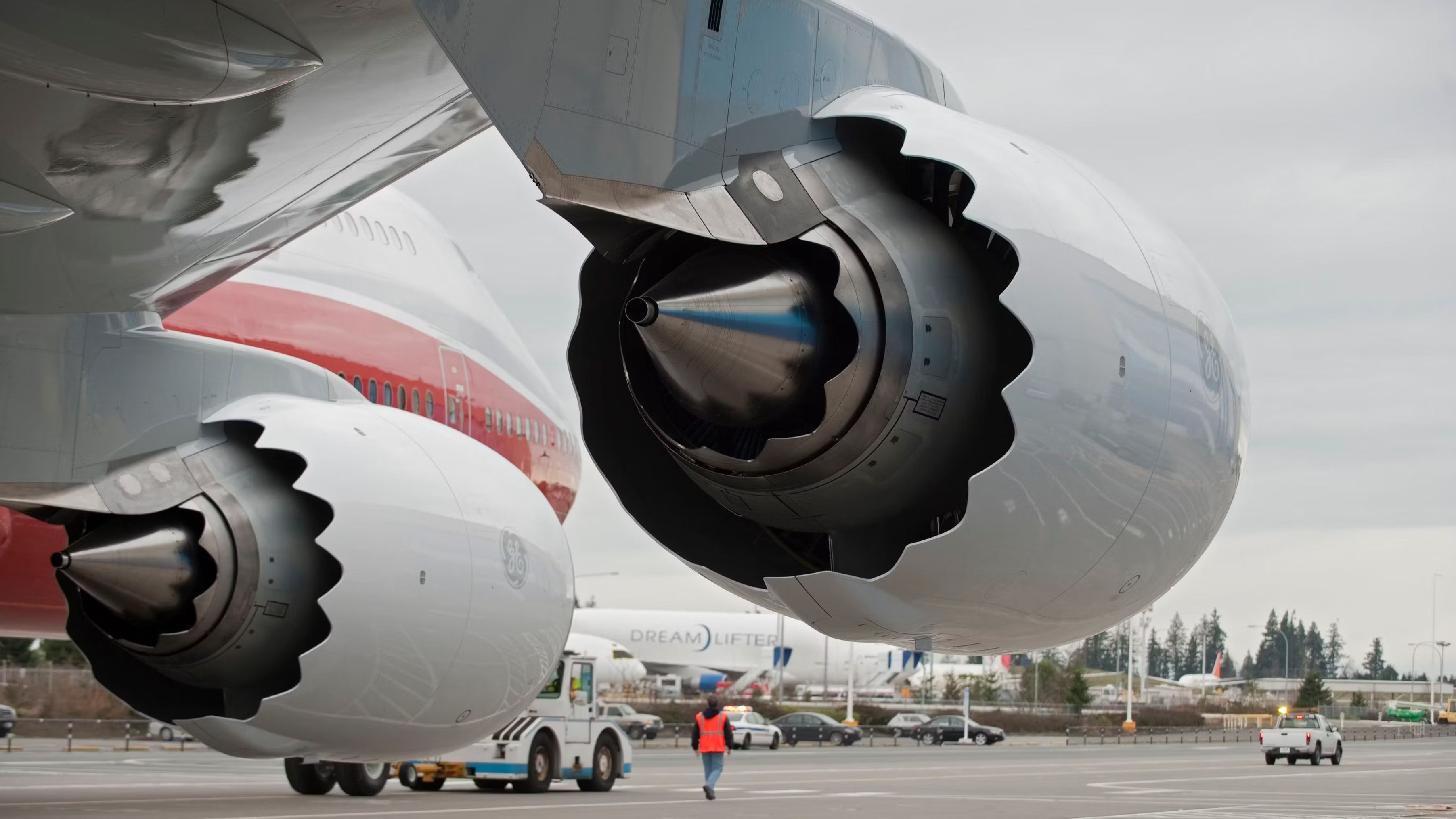
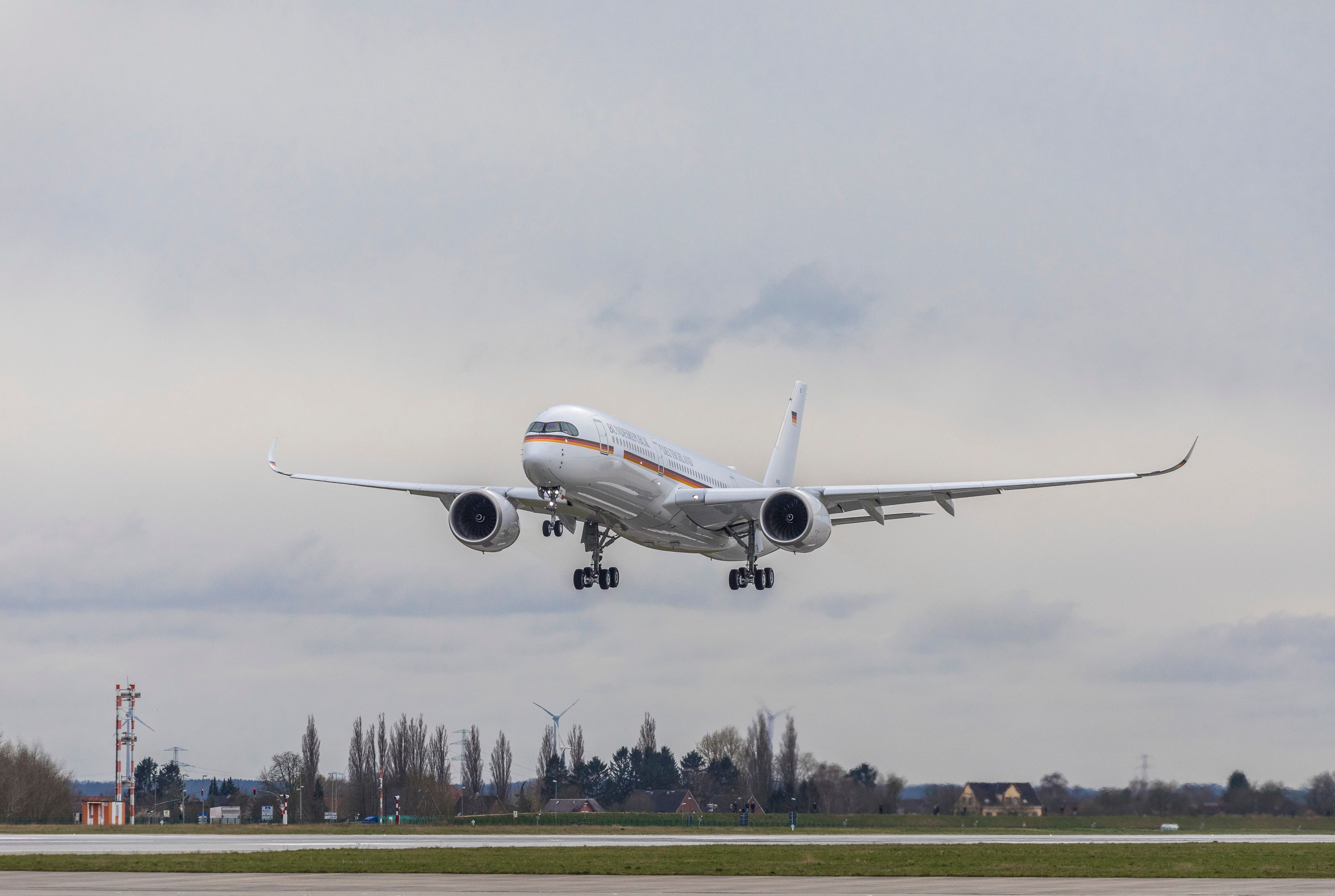
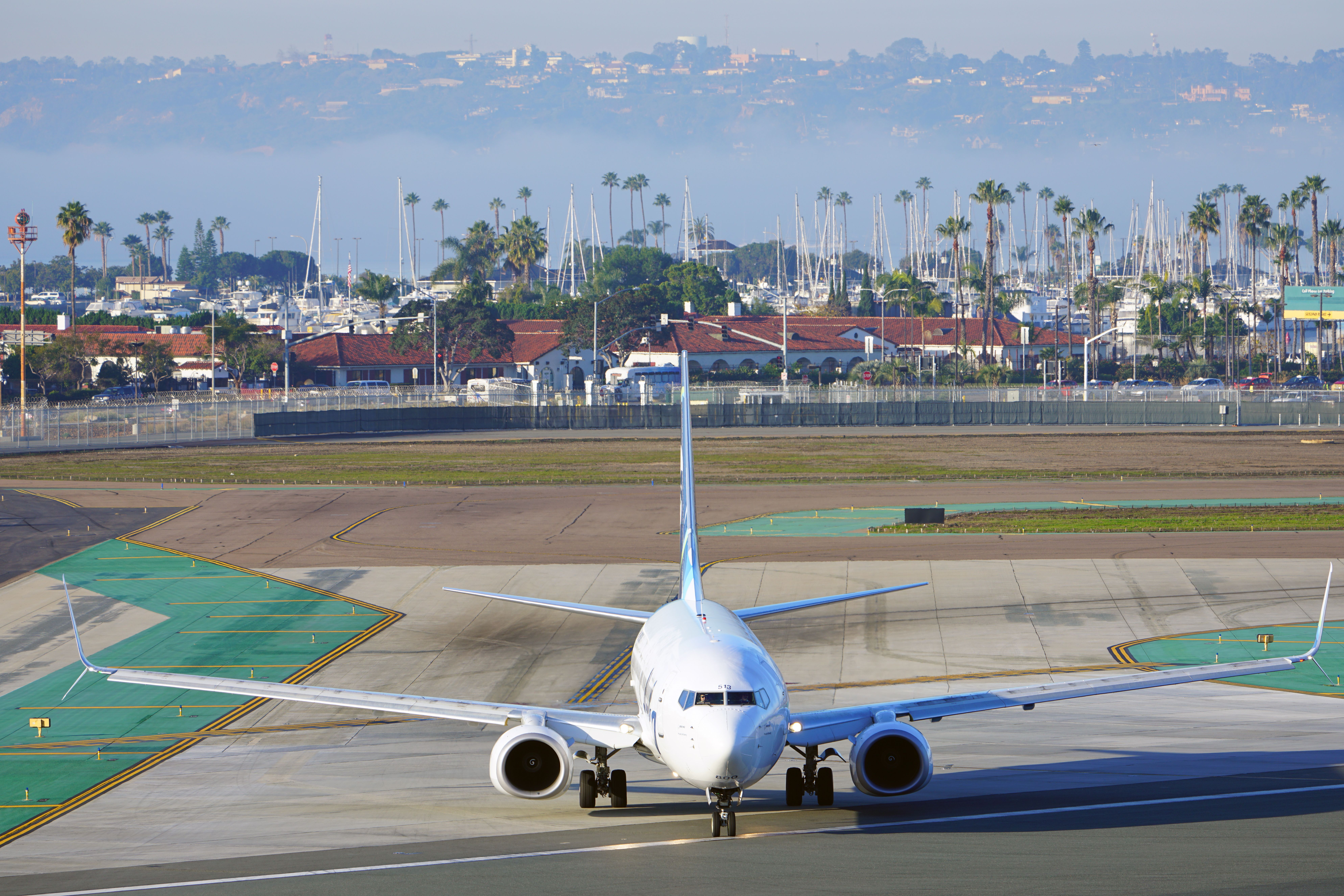
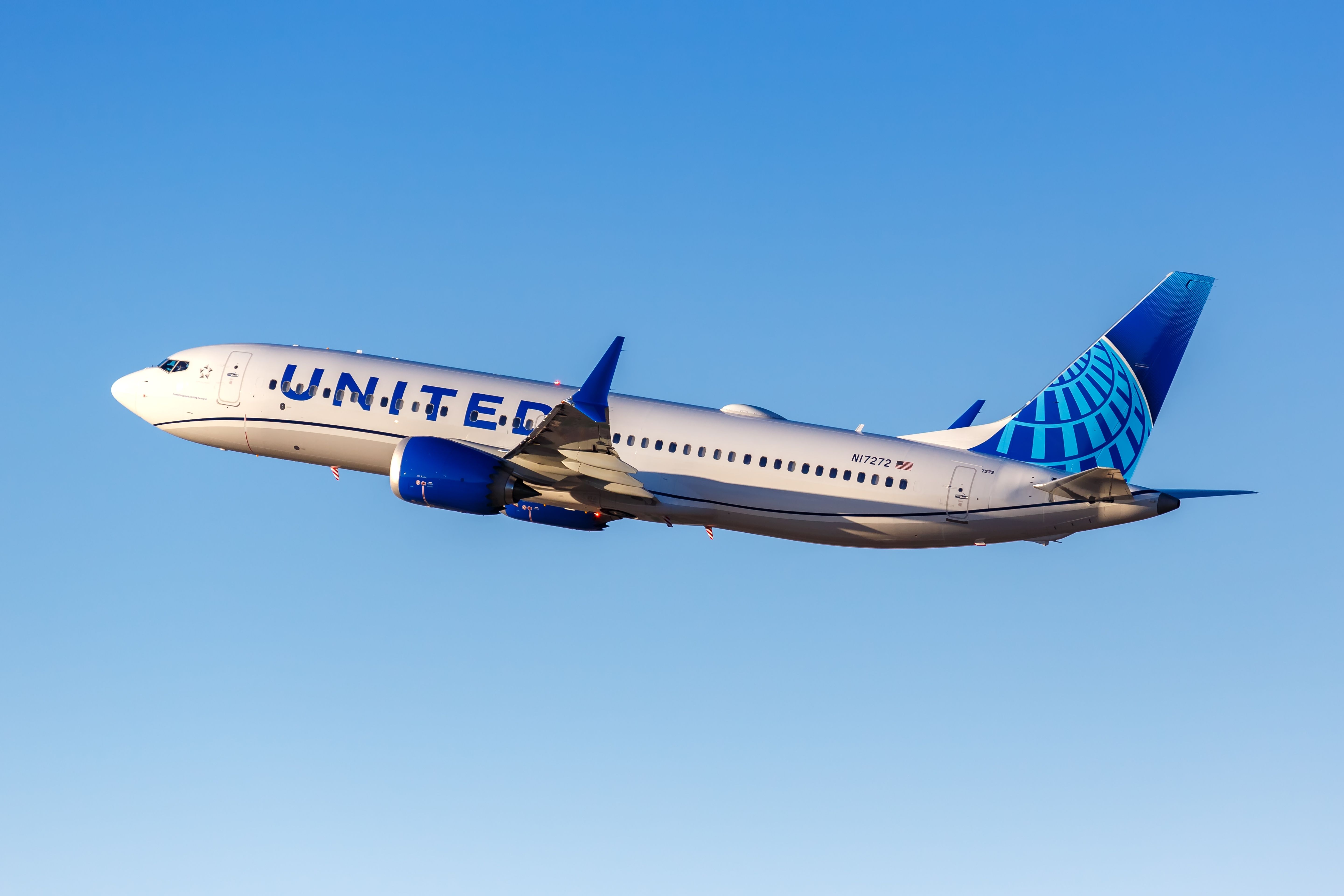
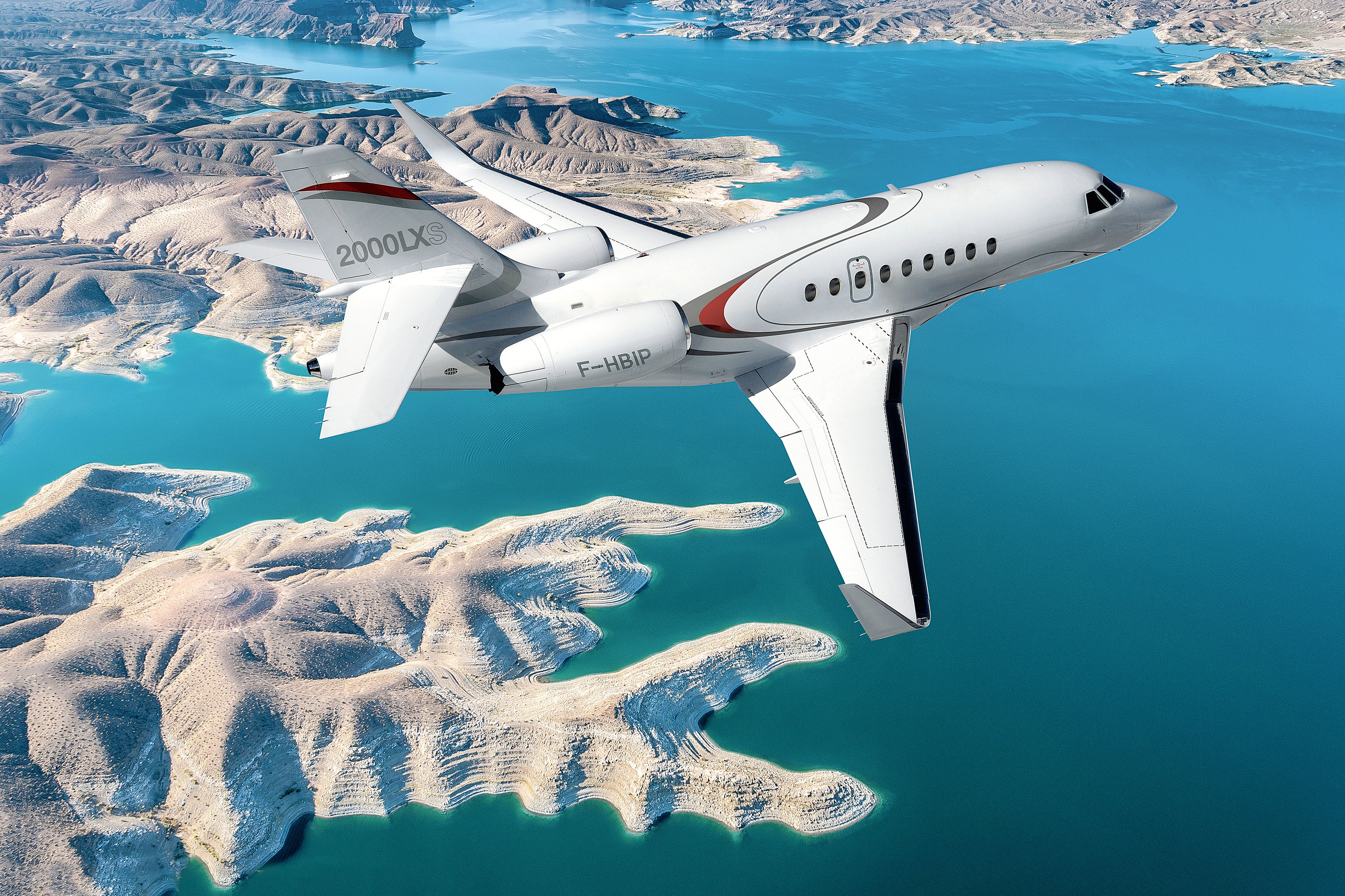
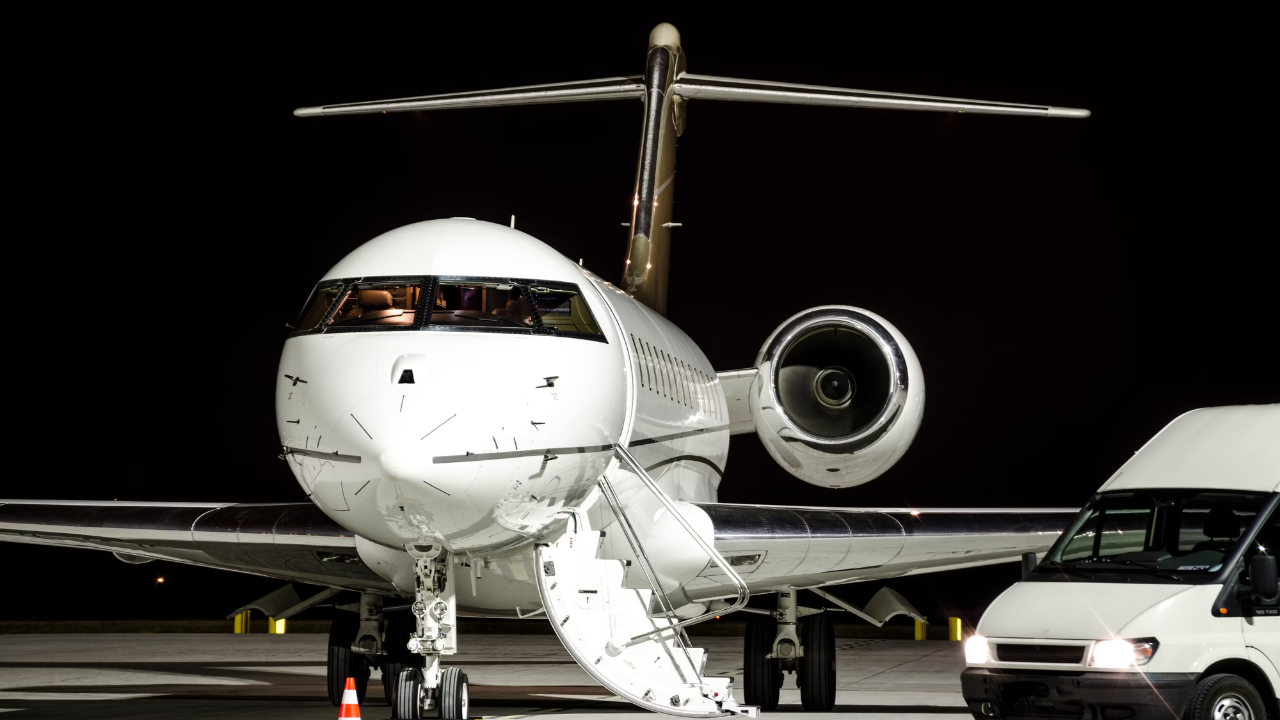
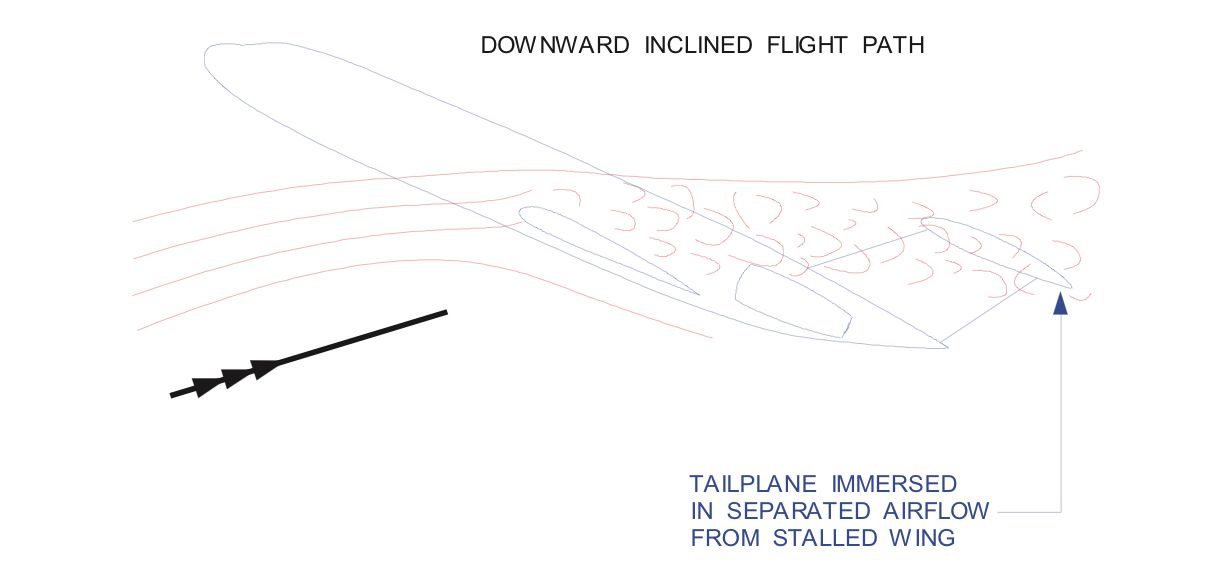
.jpg)
